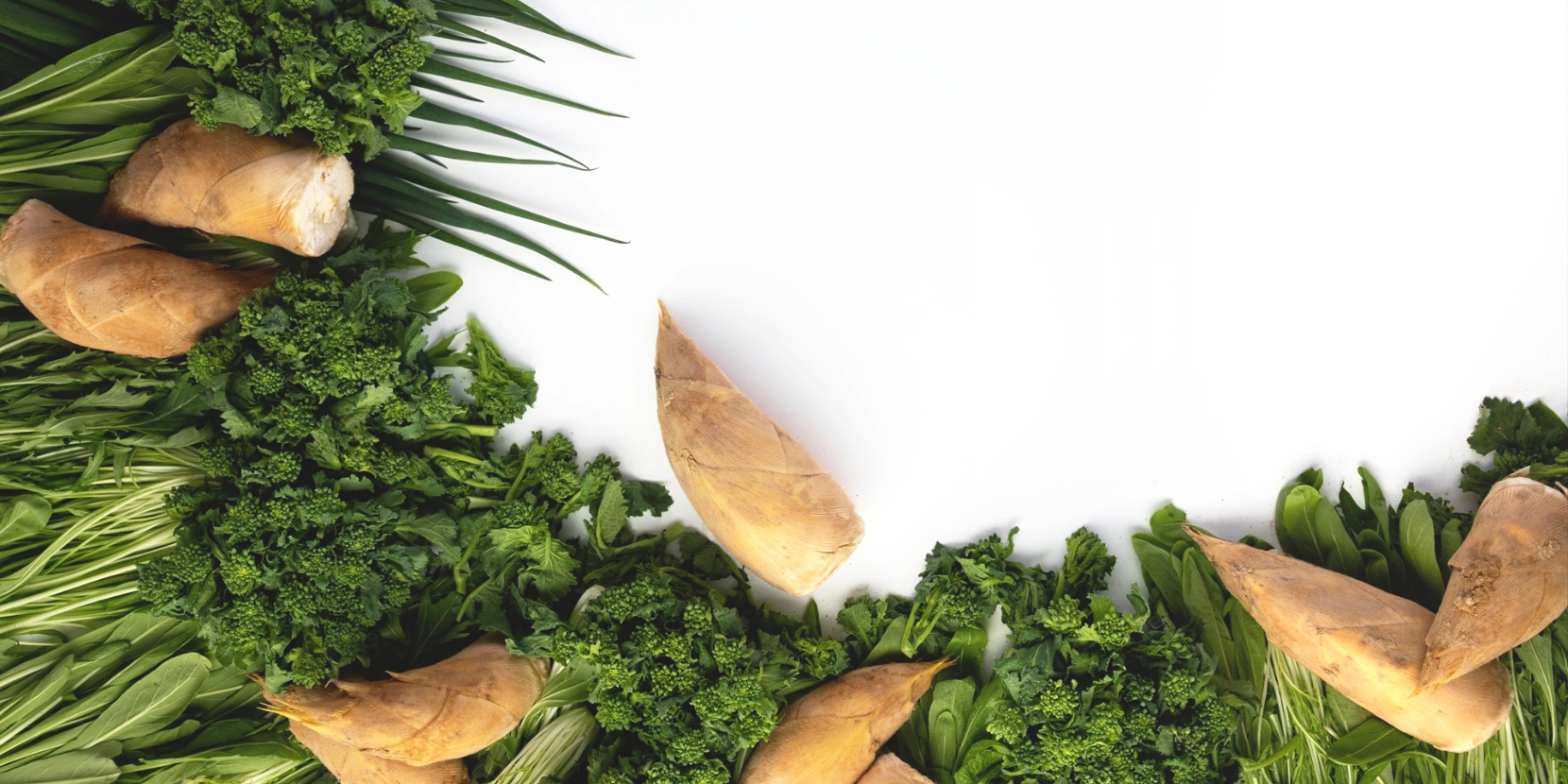京都府の農業

京のブランド産品
金時にんじん Kintoki Carrot 金點紅蘿蔔

「京にんじん」ともいわれ、京野菜の代表のように思われていますが、正確には明治以前から京都が主産地で栽培していたという史実はなく、京の伝統野菜には含まれていません。しかし、京料理に欠かせない彩りとして古くから用いられ、特に京都で栽培された人参は同じ金時にんじんでも、軟らかくて芯まで真っ赤であることが特徴とされてきました。 金時にんじんの紅は、リコペンを多く含み、最近特にガンを予防する効果が高いことが評価されています。金時人参は芽が出にくく、厚めに種をまいて間引くのが栽培の特徴ですが、その間引き菜も「にんじん葉」として流通し、多くのファンを集めています。
Kyo-Ninjin (carrot) is another name given and it is often thought to be the representative of Kyo-Yasai (Kyoto Vegetables), but there is no evidence that it has been cultivated in Kyoto, thus it is not included in Kyoto’s Traditional Vegetable category. However, it is often used in Kyoto-style dishes, and carrots that are cultivated in Kyoto are soft and red. Kintoki carrots contain a lot of lycopene and it is said that it helps to prevent cancer. The roots of the Kintoki-carrots are difficult to grow out, therefore as a common practice, the seeds are sowed close together and are then thinned afterwards.
亦被稱作「京都紅蘿蔔」,被認為是京都蔬菜的代表,但是正確來說,並沒有史實可證明從明治點代以前開始,就以京都為主產地來種植,因此它並不被統計包含在京都傳統野菜裡面。但是對於京料理來說,紅蘿蔔本是自古以來就被廣泛使用於料理點綴色彩的食材,特別是在京都栽培種植的金點紅蘿蔔,其特徵是質地軟,並且由外到芯部都有著正紅色的鮮豔色澤。金點紅蘿蔔的紅,帶有豐富的番茄紅素,最近還被評定認為有著高度預防癌症的效果。由於金點紅蘿蔔栽種點不好發芽,因次會將種子灑密集些,之後再作出間苗(讓苗之間有著兩好的間隔,其他多餘的苗則拔除。),而間苗點拔掉的芽又稱作「紅蘿蔔菜」,同樣也是吸引許多愛好者喔。
